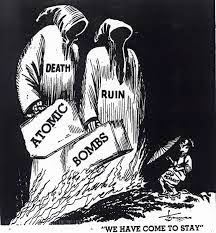Lego
is becoming an increasingly popular and globally recognized children product in
modern society. People, children and parent alike, find it fascinating how the
tiny squared shape pieces can produce such an abundance of varieties, ranging
from sky-reaching towers to baby toy trucks. The Lego Company, from the instant
they released their product, knew the essence of their product’s success lies
in the infinite possibilities it can produce, and more importantly, the consumers’
imaginations.
Targeting
primarily children but also adults, the Lego Company decides to produce an
advertisement emphasizing the magic of creativity to appeal to even more
potential customers. The advertisement looks simple, and it is designed to be so.
A yellow piece of Lego standing conspicuously in a light green background, the
first impression of the audience centers immediately on the eye-catching Lego;
yet, the picture does not look intrusive or blunt. The Lego Company ingeniously
chose the light green background to give both the children and adult a subtle
hint of lightness, of calmness, of, at the most basic level of human interpretation,
peace. “Lego is appropriately fun” is the essence of the message. The Yellow
Lego is the center of attention and an attraction to many as the product is already
so popular, and the calming light-green background is the brilliant supplement
asserting to little children and their parents that the fun of Lego is peaceful
and friendly.
The
emphasis and the money-making contrast in the advertisement, however, are not
between the background and the focus, but between the focus and the
imagination. First glance, a yellow Lego stands out in a light-green
background. Second glance and most people will see the shadow of the yellow
Lego is casting a shape like a dinosaur. Upon scrutiny, the audience will soon
realize that the shape of the yellow Lego is like that of a dinosaur. Of
course, the Lego Company does not endorse dinosaurs, nor does it believe
dinosaurs will earn them more customers. The shadow is meant as a symbolism to
imagination, and the shape of the Lego is meant to be seen as the infinite possibilities
a Lego set can produce. The Lego Company knows their product’s success depends
on its appeal to imagination, so they explicitly showed their audience, who
will likely become their customers, of the possibilities awaiting them.
“To
infinity and beyond”

